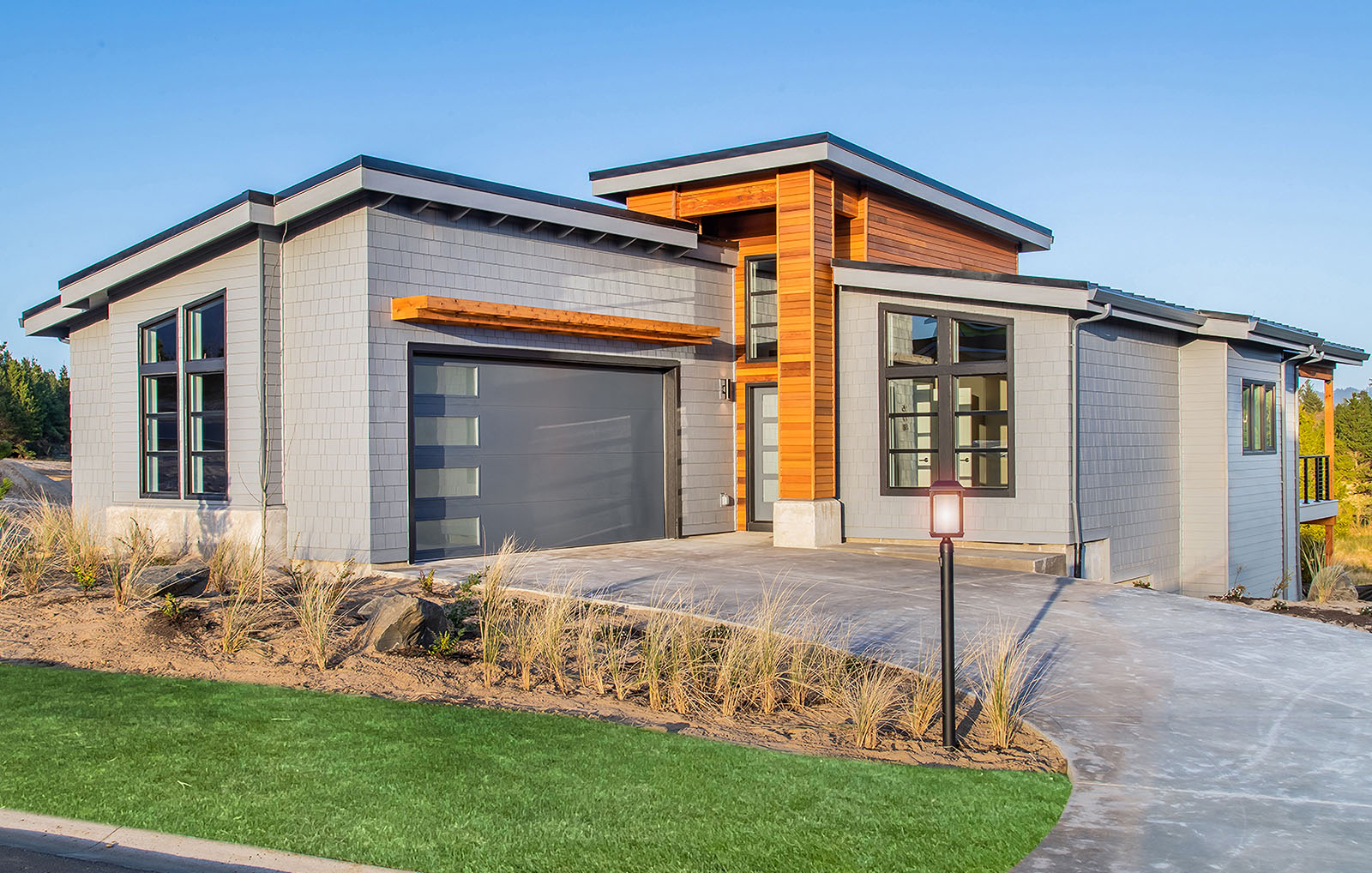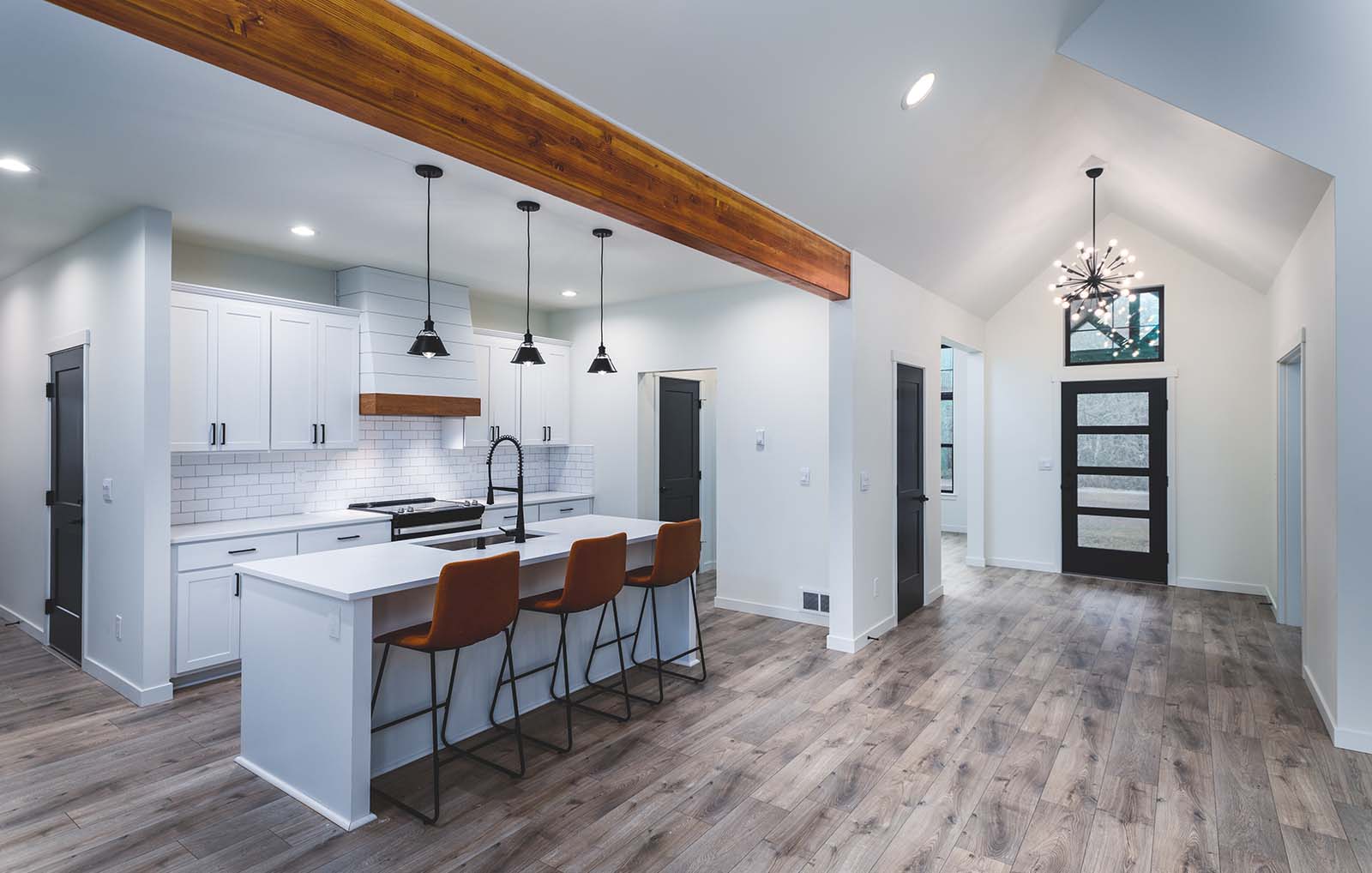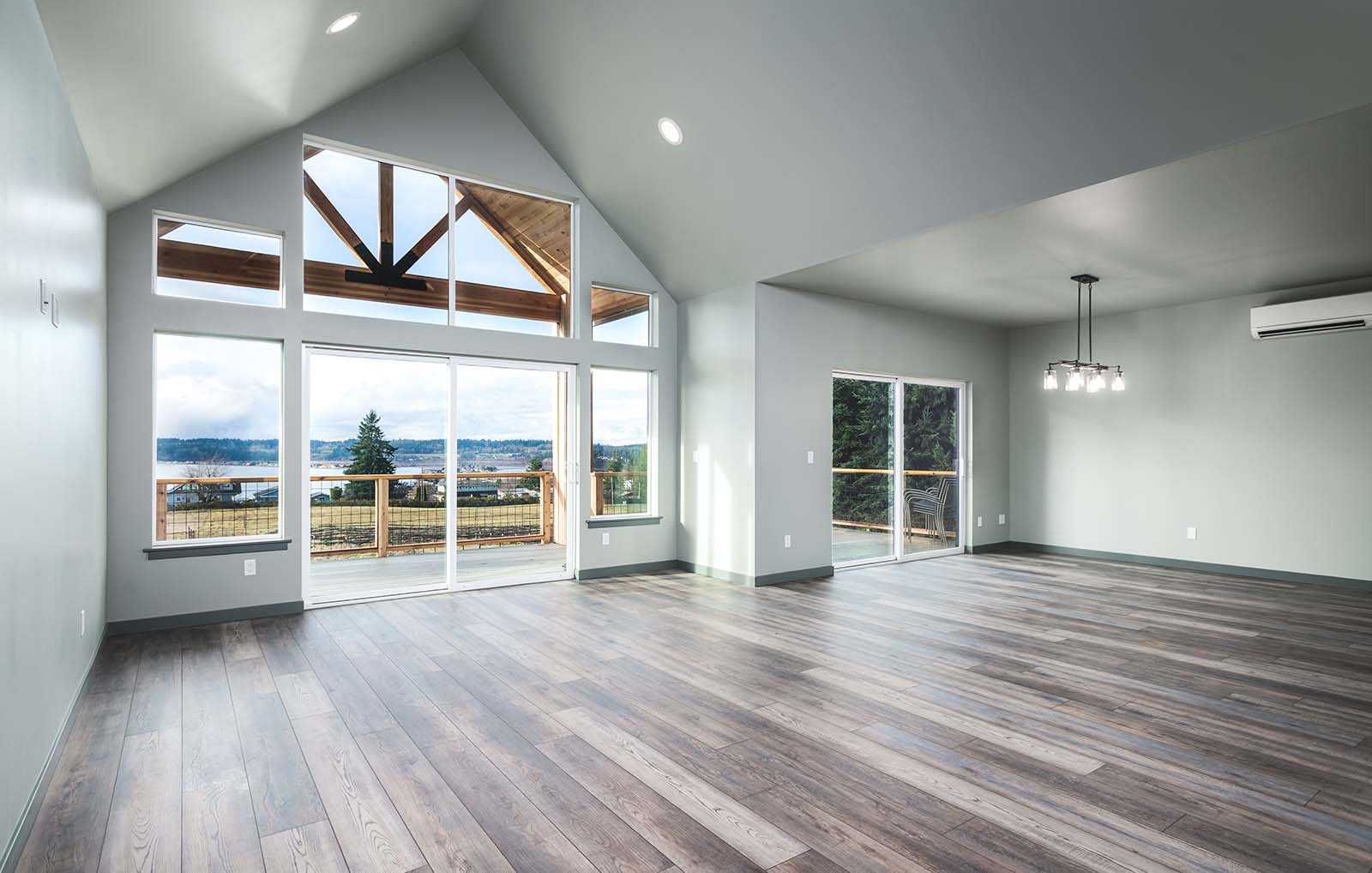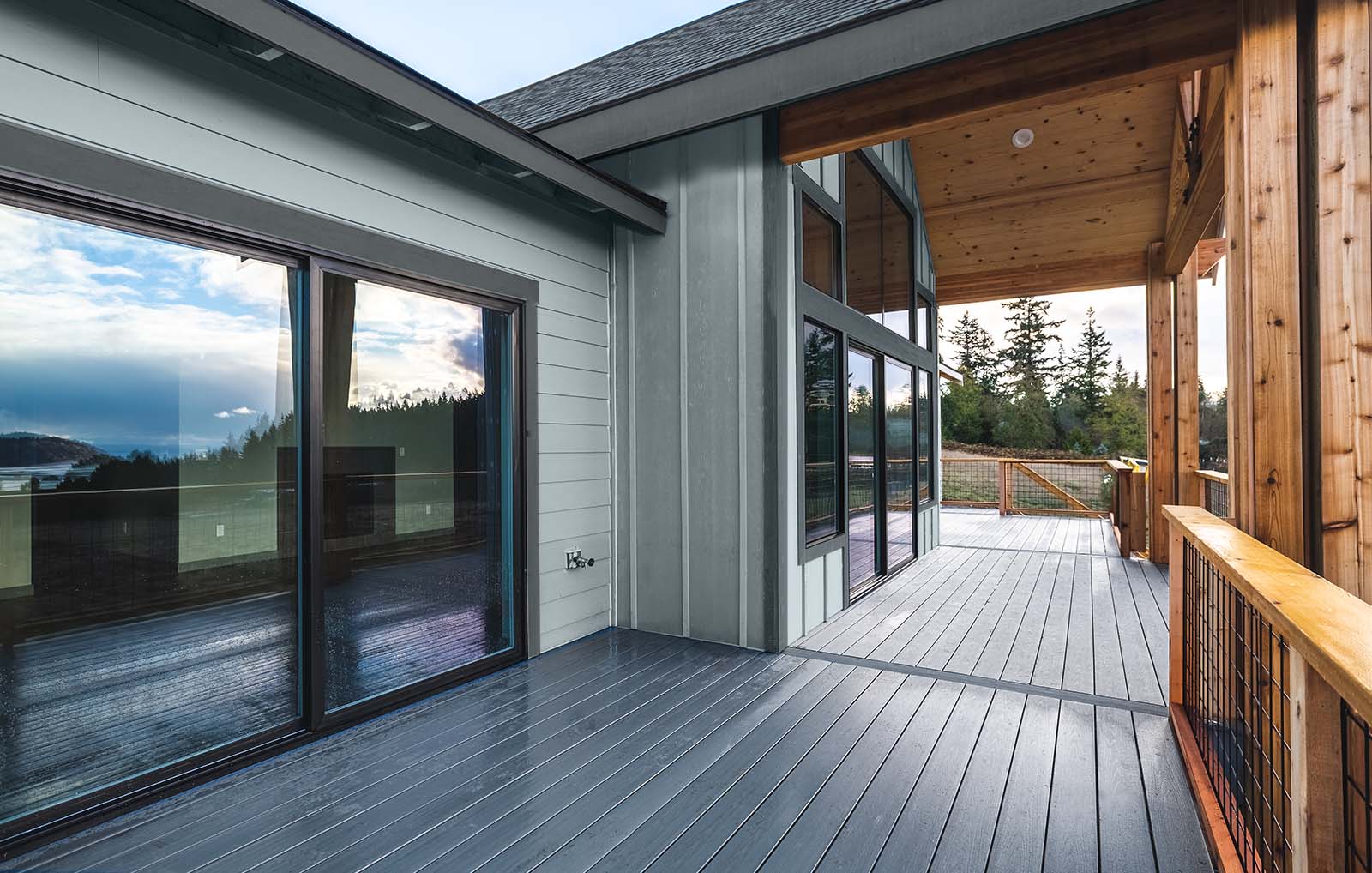Construction loans
Financing
Are you uncertain about how to finance your upcoming project? We can put you in touch with a select group of lenders who specialize in construction loans and can help you find the best financing options for your needs or you can use your own lender and shop around.
The first step is to get prequalified
This involves submitting some basic financial information to one of our preferred lending experts or your own lender, who will then provide an estimate of how much you may be able to borrow. A lending expert can help you navigate the complex world of construction loans, ensuring that you understand all of your options and that your loan fits within your budget and financial goals. With a prequalification letter in hand, you can begin exploring home plans and selecting the features and finishes you want in your new home.
Once you’ve chosen your home plan and made any necessary modifications, we’ll provide an upfront price before you sign a contract. Most lenders will require a signed contract with a licensed builder and detailed construction plans to proceed with the formal loan application or pre-approval process. At this stage, we’ll also assist you in ordering the necessary permits. Obtaining these permits is a critical step before construction can begin and may be necessary for the final loan approval. You can also take advantage of our turnkey service and let us handle all the permitting and land preparation.
Explore the 5 Phases of the Construction Process
Learn about building permits
Looking for land?
or call 888.266.7760
Typical Costs of a Construction Loan
The cost of a typical construction loan can vary depending on a variety of factors, including the size and scope of the construction project, the location of the property, and the borrower’s creditworthiness. In general, a construction loan will have higher fees and interest rates than a traditional mortgage, due to the increased risk and complexity of the loan.
The borrower will typically have some out-of-pocket expenses during the construction process, particularly during the pre-construction phase when the borrower is responsible for obtaining necessary permits, creating detailed plans and designs, and getting bids from contractors. Additionally, the borrower will typically need to make a down payment on the loan, which can range from 10% to 20% of the total project cost.
During the construction process, the borrower may also be responsible for paying for any upgrades or changes to the original plans that are not covered by the loan. For example, if the borrower decides to upgrade the kitchen appliances or add a custom feature to the home, they will need to cover the cost of these changes out of pocket.
It’s important for borrowers to have a clear understanding of the costs associated with a construction loan before they begin the process. This can help them plan their budget and avoid any unexpected expenses or delays. At Inspire Homes, we work closely with our preferred lending experts to help our clients understand the costs and fees associated with a construction loan and ensure that they are prepared for any out-of-pocket expenses
How Loan Disbursements Work
The loan is typically disbursed in a series of payments, or draws, as the construction process progresses. Here’s a breakdown of how a building loan works and the draws at each step:
- Pre-Construction: The pre-construction phase includes obtaining the necessary permits, creating detailed plans and designs, and getting bids from contractors. During this phase, the borrower typically pays for these costs out of pocket.
- Foundation: The first draw is typically disbursed after the foundation has been poured and inspected. This draw covers the cost of the foundation and any other necessary site work, such as excavation or grading.
- Framing: The second draw is usually disbursed after the framing is completed and inspected. This draw covers the cost of the framing and any other related costs, such as roofing, windows, and doors.
- Rough Mechanicals: The third draw is typically disbursed after the rough mechanical systems are installed and inspected. This includes electrical, plumbing, and HVAC systems.
- Insulation and Drywall: The fourth draw is usually disbursed after the insulation and drywall have been installed and inspected. This draw covers the cost of insulation, drywall, and any other necessary materials.
- Finish Work: The fifth draw is typically disbursed after the finish work has been completed and inspected. This includes things like flooring, cabinets, countertops, and paint.
- Final Inspection: The final draw is disbursed after the final inspection has been completed and the certificate of occupancy has been issued. This draw covers any remaining costs associated with the construction, including cleanup and landscaping.








